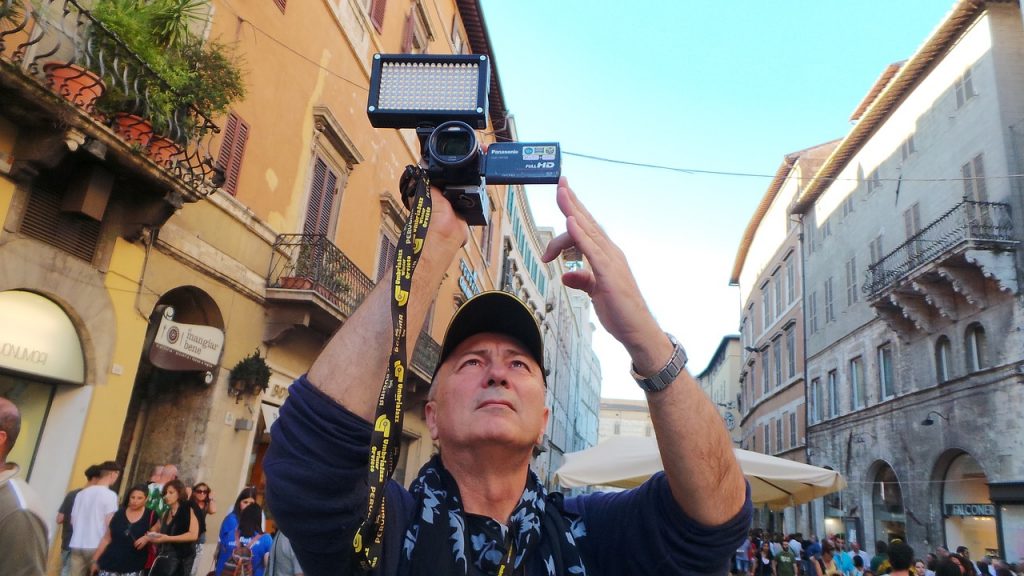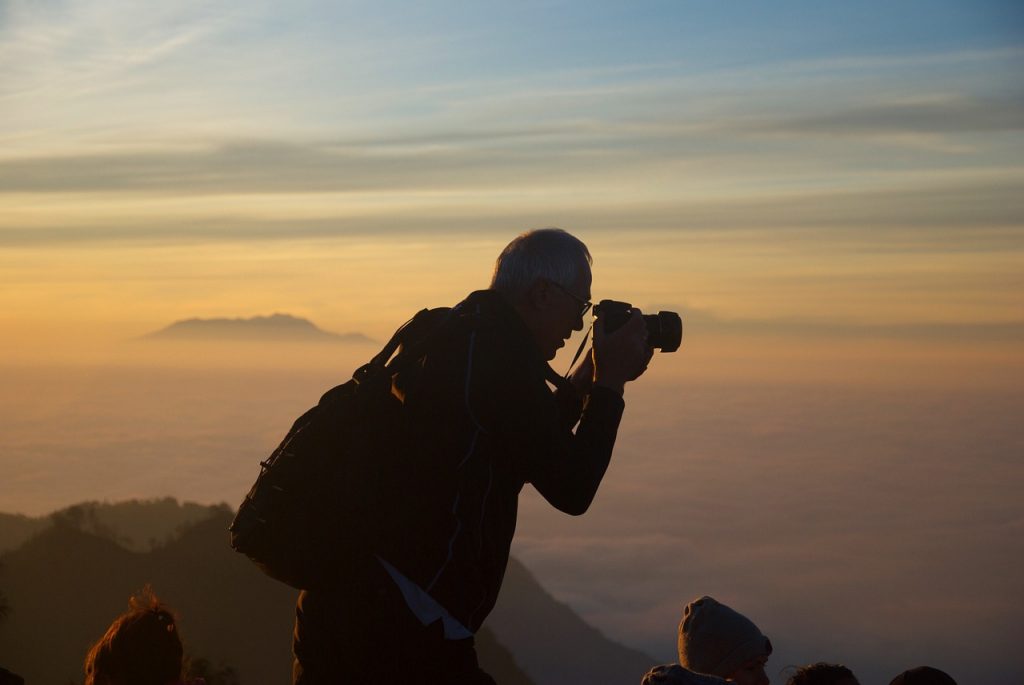Multimedia Journalism: how we see the story
By Kenzie Smith | October 28, 2019
The never-ending rise in technology has breathed new life into the journalism field. With ever-expanding graphic capabilities, virtual reality, audio and visual aides, and countless other interactive and interesting aspects, multimedia journalism is changing the way audiences receive news.
Among all the noise of social media and entertainment pieces, a multimedia feature article needs to stand out in order to be well received. Arguably the most important requirement is a visual interest. As environmental pieces tend to have a lot of visual elements, they lend well to the form.
“In journalism today, good writing alone is no longer enough. Storytelling must be visually compelling” (Ndhlovu 2018).
Lungelo Ndhlovu, August 23, 2018
Wyss claims that visual elements such as photographs and video can be almost “magical, taking us to places we never imagined we could experience.” Journalists can “[use] the camera to transport the viewer to the exotic, the strange, the unique and – most importantly – the story.” (Wyss 2018, 176).

Visual elements are key to a strong multimedia story because they provide the “building blocks” of the story. Photographer and journalism professor Michael Kodas stated that the foundations of a photo series or essay are the “scene setters, details, expressions, sequences, actions and reactions” that are found in the photos themselves (Wyss 2018, 202).
Camera phones play a large role in the expansion of multimedia journalism (Wyss 2018, 202). The consistent presence of a high quality photo, video, and audio recorder in our back pockets creates an ease of access that surpasses any other. It is a less obtrusive form of capturing images and information, so subjects feel less threatened and more willing to share their experiences. Wyss points to Damon Winter’s 2011 award-winning photo essay about U.S. Marines in Afghanistan as an example of this tactic, as he only used a cell phone camera to capture the story (Wyss 2018, 202-203).

When visuals are limited, virtual reality capabilities can help fill this void. With increasingly realistic graphics, virtual realities can place the reader in the story itself to provide a more immersive experience (Haak et. al. 2012). Online and interactive models can also provide visual interest and as well as pivotal information.
Countless environmental stories have utilized these methods and more, with increasing success.
The Oxpeckers Center for Investigative Environmental Journalism recently examined land and property rights along game reservations and Kruger National Park in South Africa, and published an interactive multimedia piece entitled “Kruger’s Contested Borderlands.” The final product combined drone photojournalism, videos, satellite imagery, data visualizations, still photography and text [(Ndhlovu 2018), (Valoi)].
John Henley’s “Firestorm” examines a family’s harrowing experience with a devastating wildfire, and includes audio and soundbites to help place the reader in the scene, videos of the people involved to connect the reader with the characters, and many photos that provide visual context for the story (Henley 2013).
“The Other 9/11,” written by Florencia Melgar tells the multifaceted story of the 1973 coup d’etat of the democratically elected president of Chile and the atrocities that followed. The piece includes photos, quotes, documents, videos of the protests and clips from documentaries, as well as a radio segment in both English and Spanish.
As technology continues to improve and become more accessible, we can expect to see more and increasingly creative methods of expanding journalism beyond the text.
Multimedia journalism provides us the opportunity to connect further with the story, and modern journalists are doing a great job of it. Personally, I look forward to trying my hand at such an impressive feat.
Source
Haak B. V. D., M. Castells and M. Parks. 2012. The Future of Journalism: Networked Journalism. International Journal of Communication (6): 2923–2938. http://multiplejournalism.org/essay#0
Henley, J. May 232013. Firestorm. The Guardian. https://www.theguardian.com/world/interactive/2013/may/26/firestorm-bushfire-dunalley-holmes-family
Melgar, F. and S. Gilbert. The Other 9/11. SBS.com. http://www.sbs.com.au/theother911/#intro
Ndhlovu, L. August 23, 2018. Using visual storytelling tools, Oxpeckers investigation incorporates multimedia elements. Digital Journalism. https://ijnet.org/en/story/using-visual-storytelling-tools-oxpeckers-investigation-incorporates-multimedia-elements
Valoi, E. Kruger’s contested borderlands. oxpeckers.org. https://pulitzercenter.storylab.africa/dominion/
Wyss, B. 2018. Covering the Environment: How Journalists Work the Green Beat. Routledge. NY, New York.
Add a Comment
You must be logged in to post a comment.

